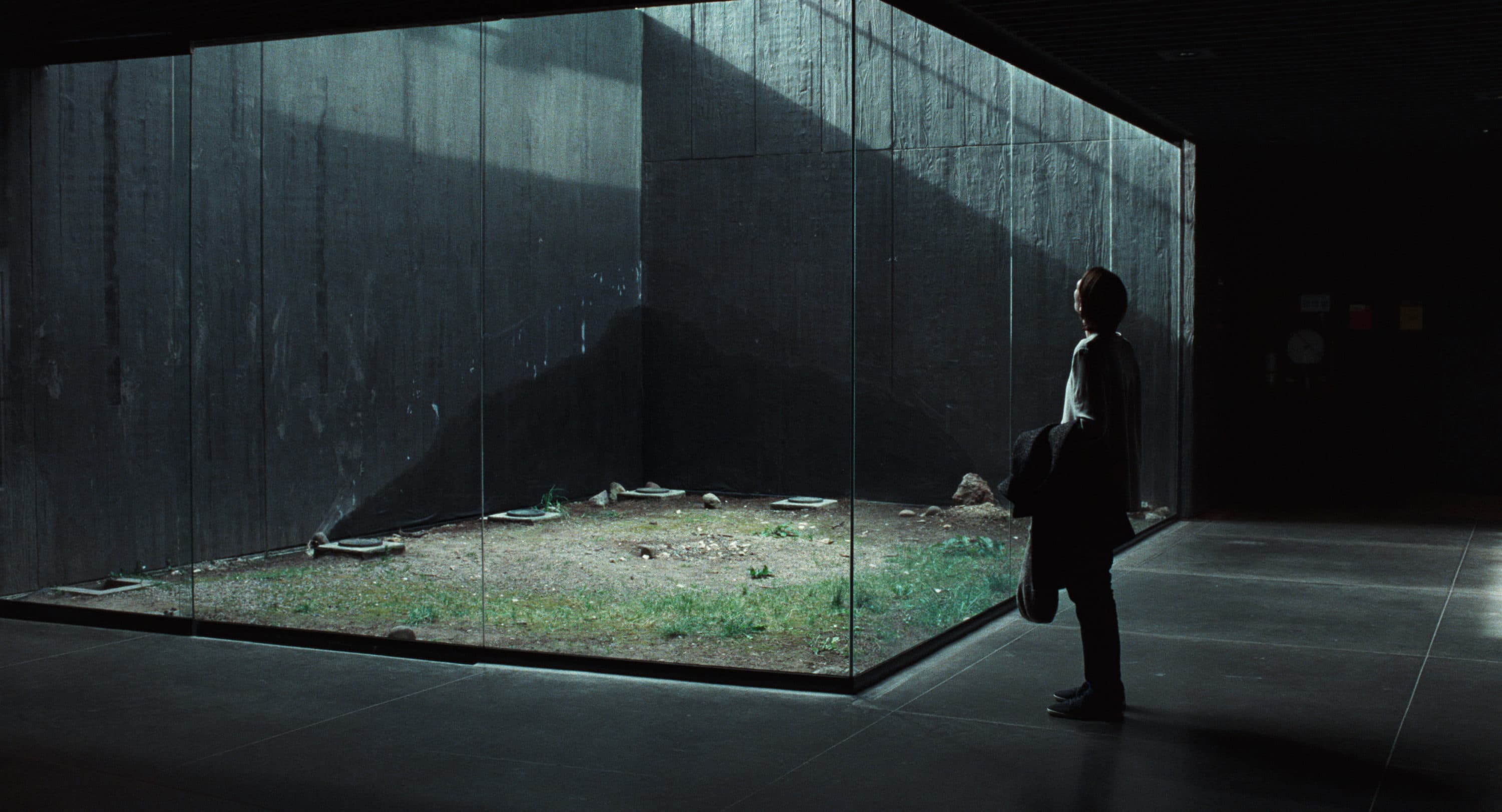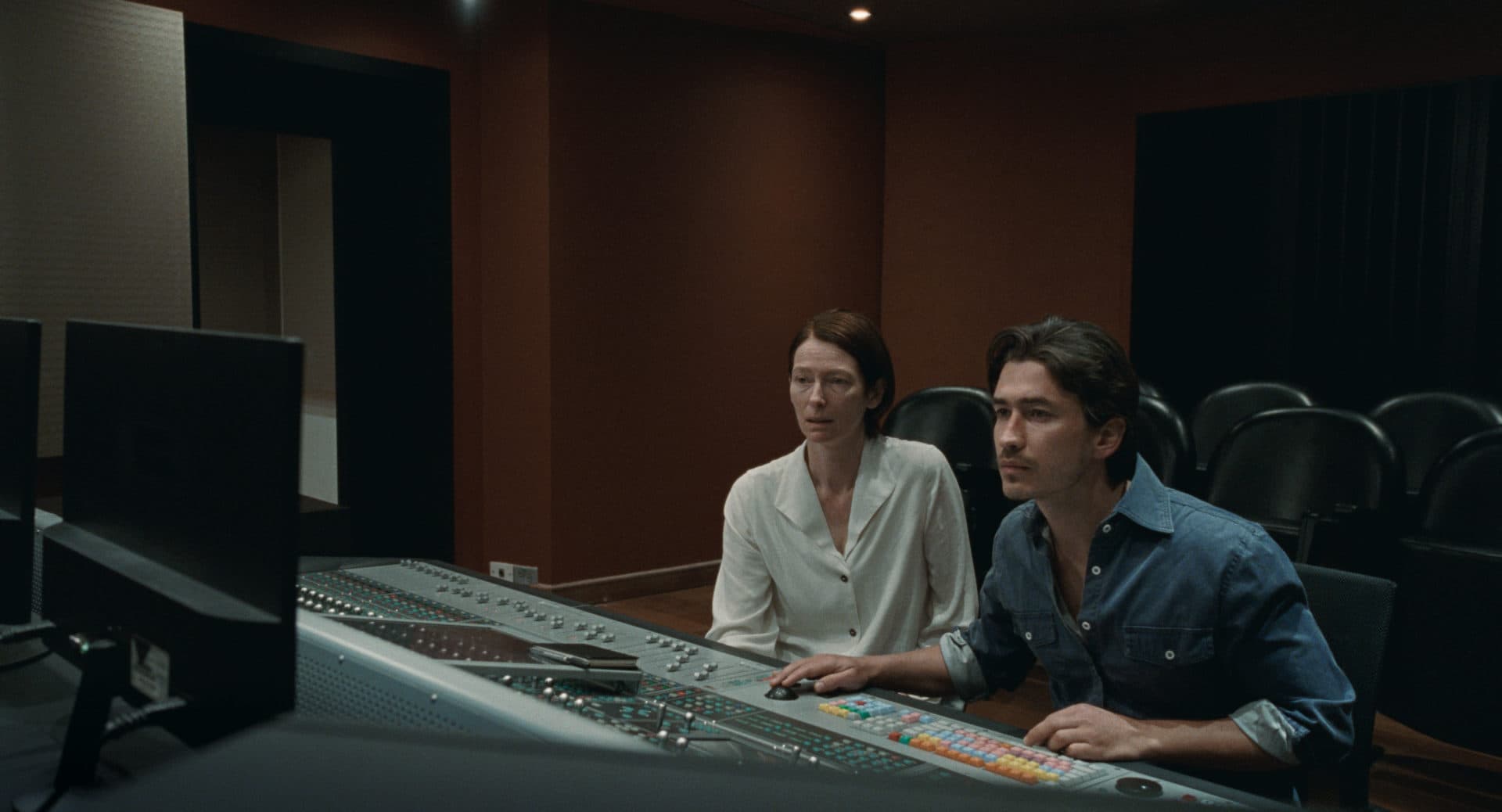Advertisement
Review
'Memoria' is a film obsessed with what gets lost in translation

Some directors make movies, Apichatpong Weerasethakul casts spells. The Thai minimalist’s mesmerizing features are far more interested in atmosphere than events, their meanings elusive and open to audience interpretations. I suppose you could probably talk about what happens in films like “Uncle Boonmee Who Can Recall His Past Lives” or “Syndromes and a Century,” sort of. But more important are the feelings that they leave you with, the unexpected places inside your head that Weerasethakul takes you to with his quiet contemplations and unexplainable passages of beauty and grace. People have been known to have religious experiences during his pictures. Others fall sound asleep. For some viewers, these films can be a form of torture.
“Memoria” is Weerasethakul’s most accessible movie yet, which isn’t exactly saying much. It’s being billed as his first English language film — though a lot of the dialogue is in Spanish — and his first time working with an international movie star. (Of course, Tilda Swinton is in this picture. We’d be worried about her if she wasn’t.) It’s positively plotty compared to his previous work, starring Swinton as a woman who is startled by strange, deafeningly loud thudding noises at unexpected moments. It seems she’s the only person who can hear them, and the movie follows her quest to at first replicate the sounds and then later track down their source, increasingly obsessed and venturing all the way into the jungles of the Amazon. In a sense, it’s like an aural “Close Encounters of the Third Kind” with weird noises instead of mashed potatoes.
But it’s also so much more than that, pondering the fundamental unknowability of nature and everyday mysteries we take for granted. The very fabric of reality seems to be slipping away from Swinton, who is seen misremembering friends and relatives, interacting with characters we’re later told were never there. The source of the sounds is surprisingly (and quite amusingly) revealed in the end, but Weerasethakul isn’t telling us what to make of anything along the way. He doesn’t move the camera, locking it down for long takes that run for minutes on end, allowing our eyes to roam around the screen instead of directing us where to look. The film’s extraordinary sound design amplifies the ambient noises to levels I’ve never heard before in a motion picture, forcing us to focus intently on birdsong, running streams, traffic sounds and car alarms that serve as urban crickets.

So many of the film’s incidents involve people attempting to replicate things that can’t be recreated. Whether we’re reassembling incomplete fossils and skeletons at an archeological dig or sitting at a mixing board with Swinton and a movie sound effects designer as she falteringly attempts to explain what she’s been hearing in her head, “Memoria” is a movie obsessed with what gets lost in translation, a theme echoed in the film’s unique release pattern.
If you’ve heard anything about this movie it probably has something to do with Weerasethakul and distributor NEON’s surprisingly controversial plan to never make “Memoria” available on streaming or home video. Instead, they’ve promised it will play theatrically in perpetuity, traveling around the country from city to city on a never-ending tour. (The original announcement claimed the movie would only play in one theater for one week at a time, but cooler heads apparently prevailed.) The tour dates advertised on the film’s website promise a swing back through the Harvard Film Archive at the end of August in case you can’t make this week’s Coolidge Corner Theatre engagement.
I think this is a marvelous idea, bringing a sense of occasion back to moviegoing at a time when so much art has been flattened out into "content," turning what could have easily been an overlooked arthouse curiosity into an anticipated community event. (The history of cinema is full of similarly clever, carny barker stunts. We need more like them.) Depressingly, a lot of my colleagues in the critical community have screamed bloody murder at NEON and Weerasethakul, condemning their release plan as “elitist” and “ableist” and whatever other “-isms” get the most likes on social media at the moment. “Memoria” has been an unfortunate causality of a post-pandemic PR war waged on movie theaters by critics who would rather watch screeners at home, and you wouldn’t believe some of the unprintable expletives I’ve been called for having the audacity to attend film festivals alongside other masked and vaccinated adults. (I’ll spare you the gory details, but my friend Sonny Bunch has done a fine job chronicling this ridiculous drama for the Washington Post.)
Advertisement

NEON did eventually capitulate to these critics and provided a screener DVD of “Memoria” in their awards consideration package last year. It’s quite hilariously prefaced by a video message from Weerasethakul and a stern, frowny-faced Swinton, reminding viewers that the movie was never intended to be viewed in this format. I’ve gone to see “Memoria” twice now on the big screen — once at the Brattle during last year’s IFFBoston Fall Focus and again recently at a sparsely attended press screening at the Coolidge — but I couldn’t make it more than 40 minutes into the film when I tried watching it in my apartment. It’s just not designed to be experienced that way, not built to compete with all the distractions and disruptions of home on a smaller screen with substandard sound. (Even the font used for the film’s opening credits is too tiny to be legible on a regular-sized television.) There’s a perfect built-in autocritique of this DVD version already in the movie — when Swinton is seen strolling through a museum, snapping photos of giant, beautiful paintings with her cell phone.
The traveling roadshow release of “Memoria” is an ingenious way to prepare audiences for a film that has a lot more in common with an art installation than with a Marvel movie. Films like this require the focus you can only summon in a dark room, staring up at the screen and surrendering your undivided attention. Late in the story, Swinton’s character is told she is “an antenna,” able to receive sounds and signals imperceptible to the rest of the folks we see bustling by her in a hurry. After spending 136 minutes in contemplative concentration, viewers of “Memoria” might emerge from the theater feeling the same way. It’s one of those movies that rewires your brain for a little while after you’ve watched it, prompting you to look and listen to the world around you a bit differently than you did earlier in the day.
“Memoria” screens at the Coolidge Corner Theatre from Friday, April 22-Thursday, April 28, and at the Harvard Film Archive from Friday, Aug. 26-Monday, Aug. 29.
